Arlene Gottfried chronicled life the way she saw it, thriving on the energy on the streets, roaming and recording everything she felt through a deeply empathetic and loving lens. “My mother used to say ‘Arlene– just don’t wander!’ Then I started wandering,” she told TIME in 2011, “but I got a camera because it gave it a little more meaning…a life of wandering is really what it all is.”
Gottfried, who died at 66 on Aug. 8 of complications from cancer, according to her family, was born and raised in Brooklyn with her sister, Karen, who became a muse for much of her work, and a surprisingly camera shy brother, the comedian Gilbert Gottfried. After attending the Fashion Institute of Technology in New York, she began working in the world of commercial photography at a time that she would describe as “male-dominated.” She earned a living but eventually began freelancing for publications like The New York Times Magazine, Fortune, LIFE and Newsweek, but her passion for looking always drew her back to life to on the streets and to the people to whom she was closest.
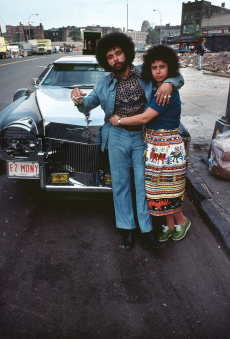
As a shy, young Jewish girl with a head of curly hair, her identity was ambiguous and could fit in anywhere. She always carried a camera and as she got older, she carried a point-and-shoot in her purse. Over the span of three decades, Gottfried published five books that taken together can serve as photo albums of her life.
The Eternal Light (Dewi Lewis, 1991) looked at a choir she first saw at a Gospel Fest in an abandoned gas station on New York’s Lower East Side. Gottfried eventually joined the group and discovered she could sing. She even had the title “singing photographer” printed on her business card. The second book, Midnight (powerHouse Books, 2003), is a study of a man, named Midnight, struggling with mental illness in a brilliant sequence that shows the many faces we reveal in pictures throughout our lives. Sometimes Overwhelming (powerHouse Books, 2008) looks back at her early black-and-white work on the street. Bacalaitos and Fireworks (powerHouse Books, 2011) is a love letter to New York’s Puerto Rican community inspired by its poetry and music.
Bacalaitos and Fireworks by Arlene Gottfried
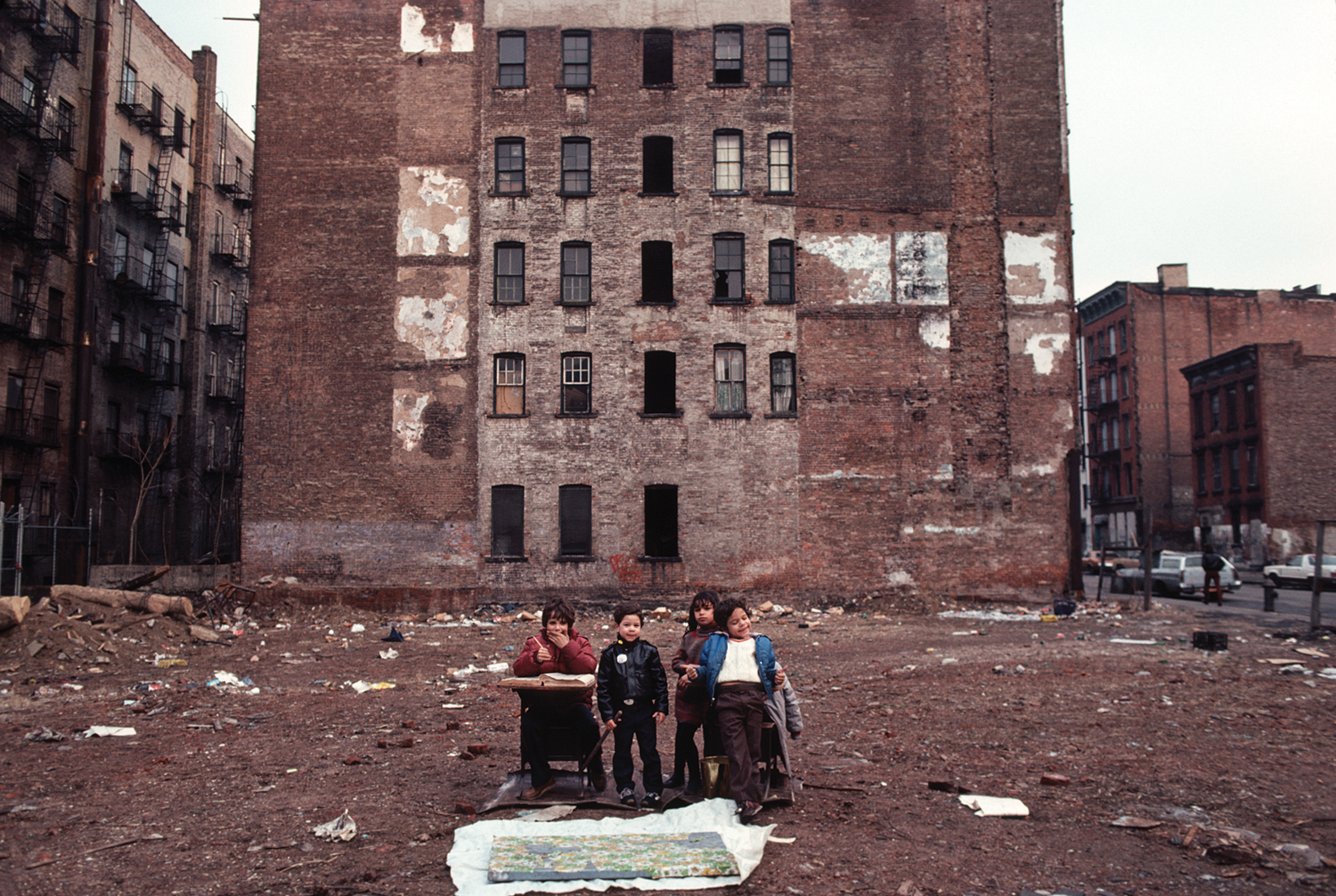
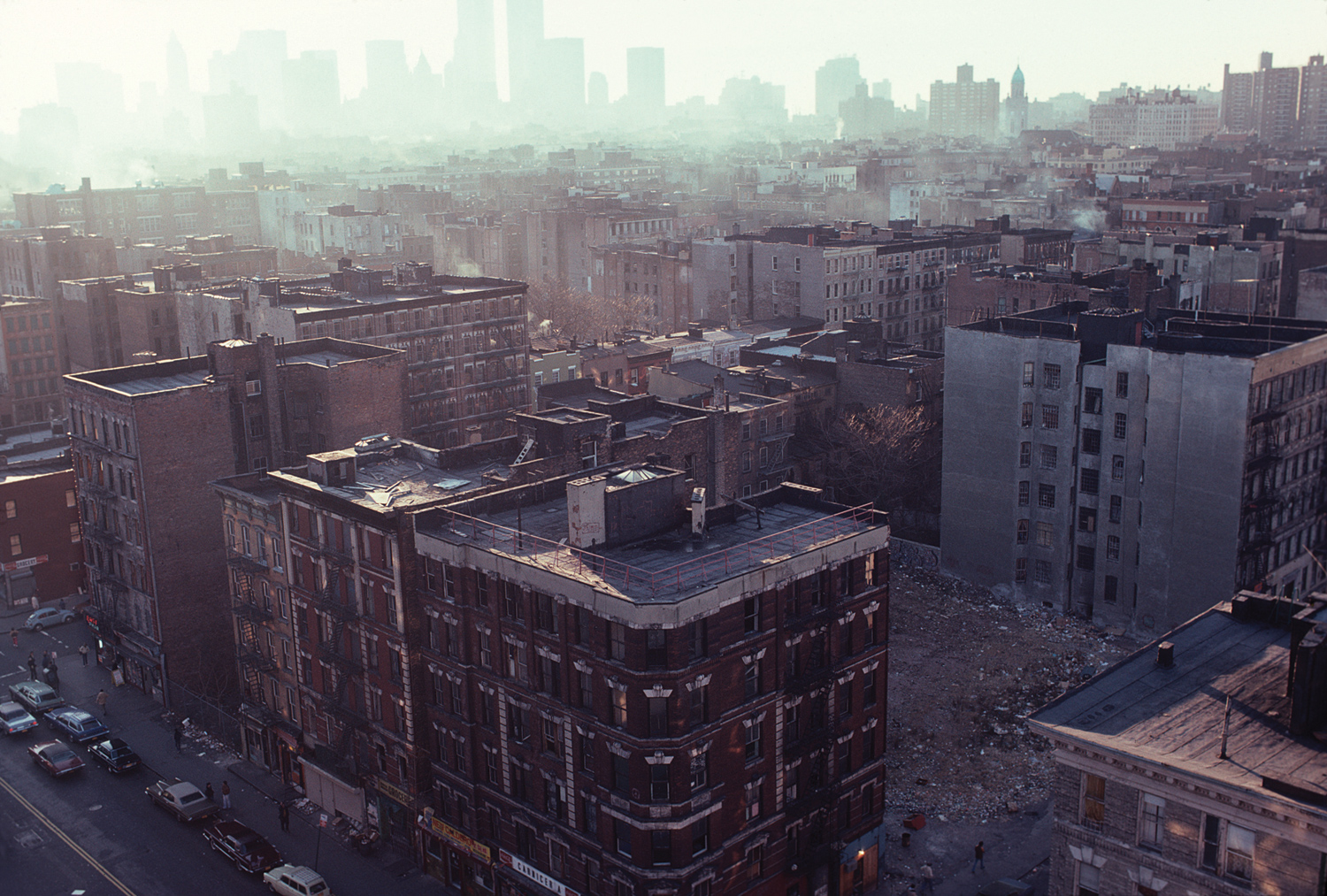

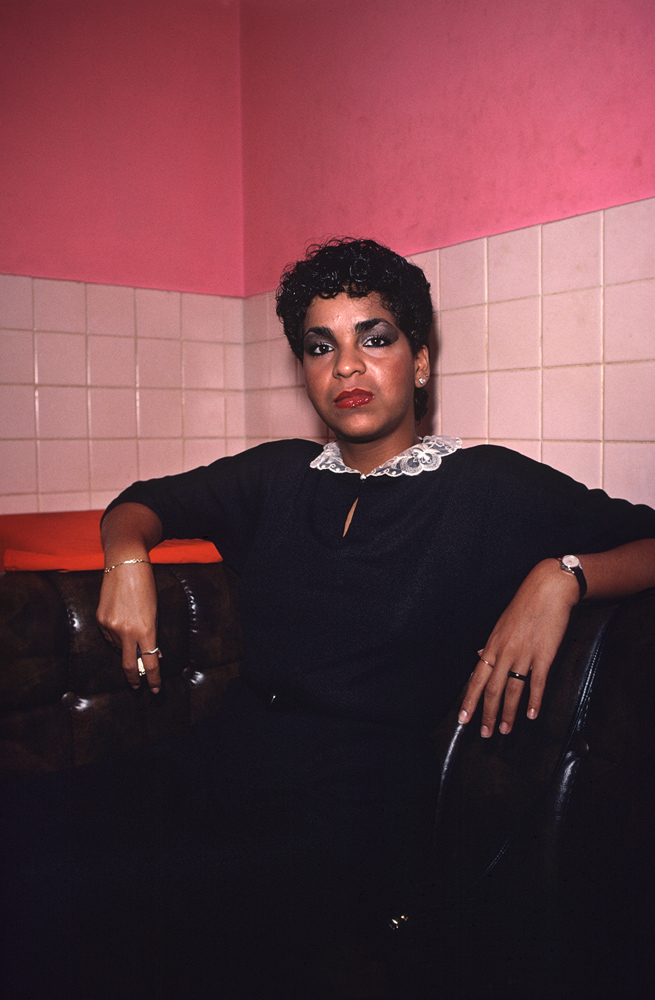
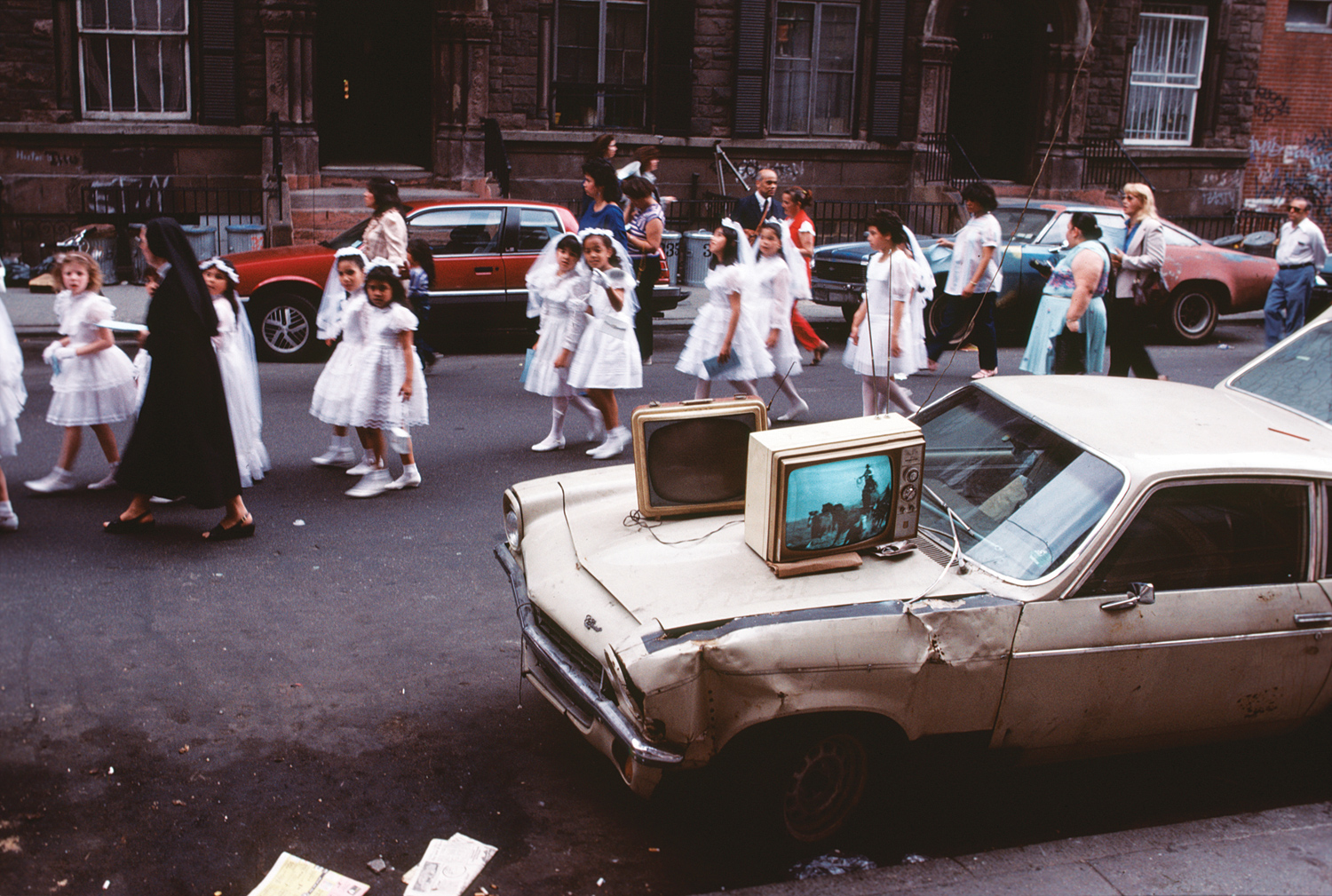
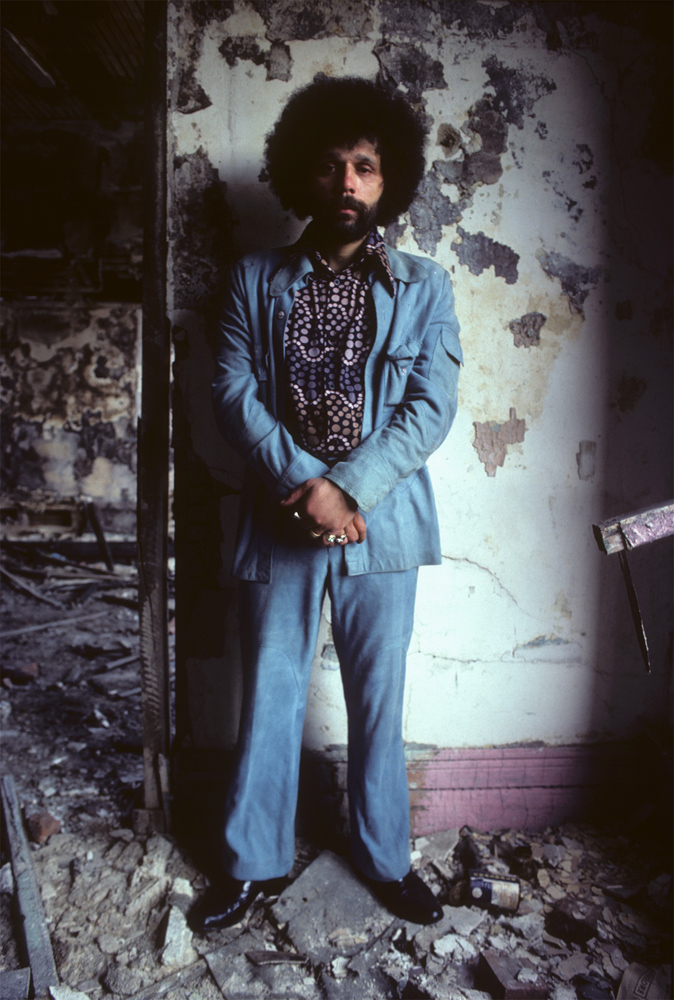

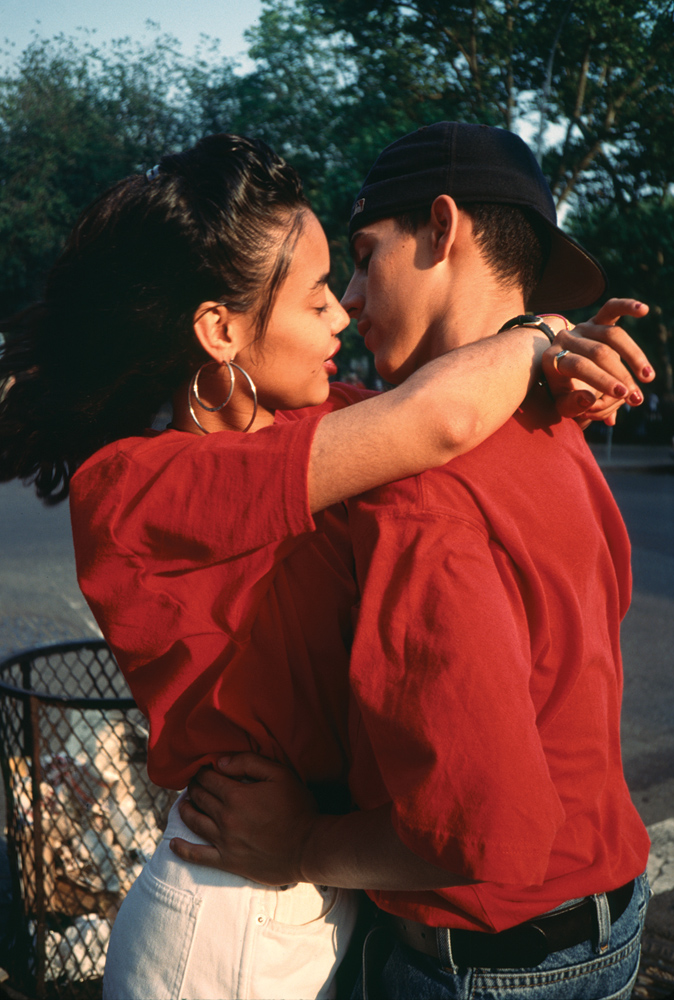


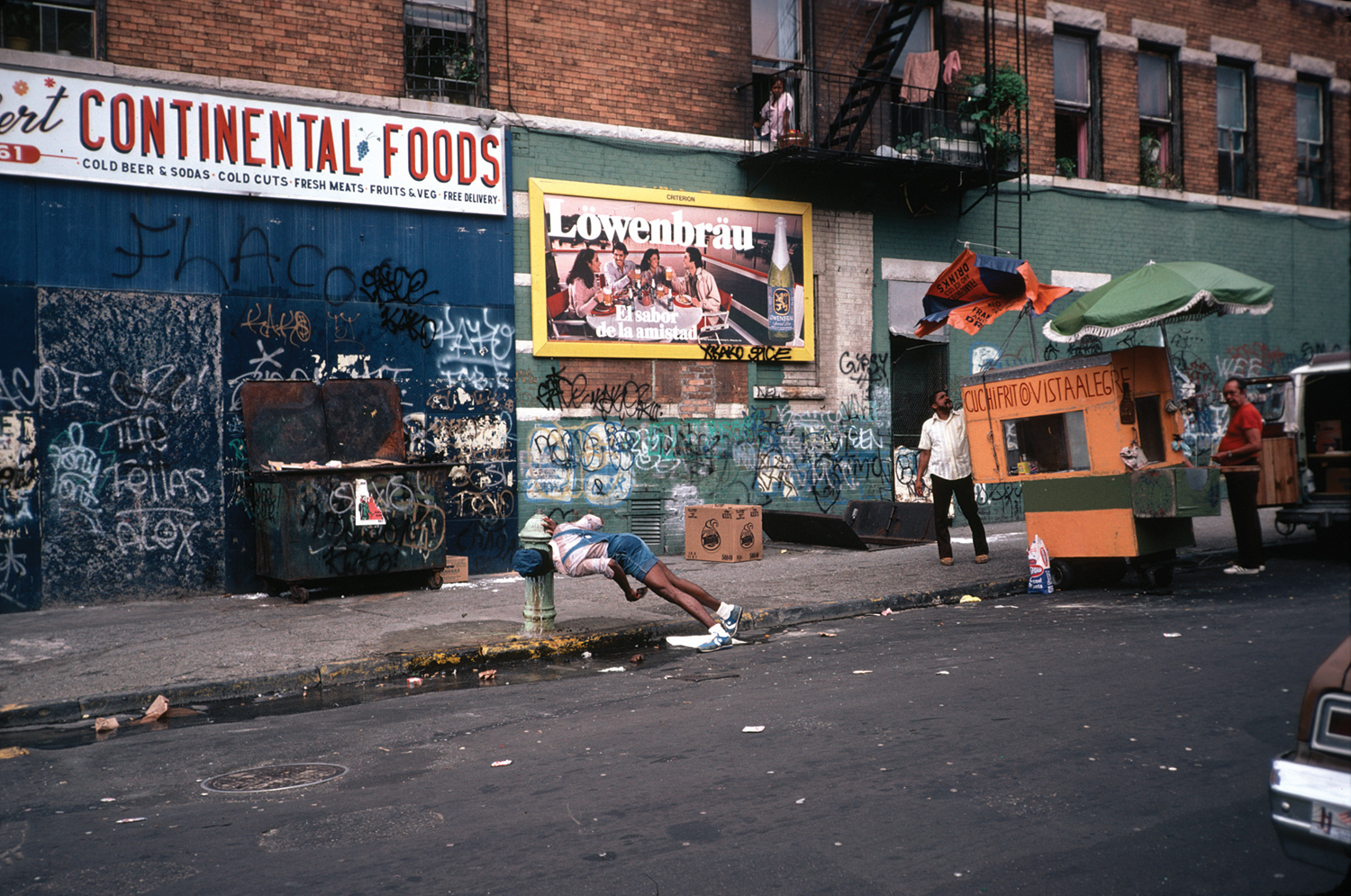




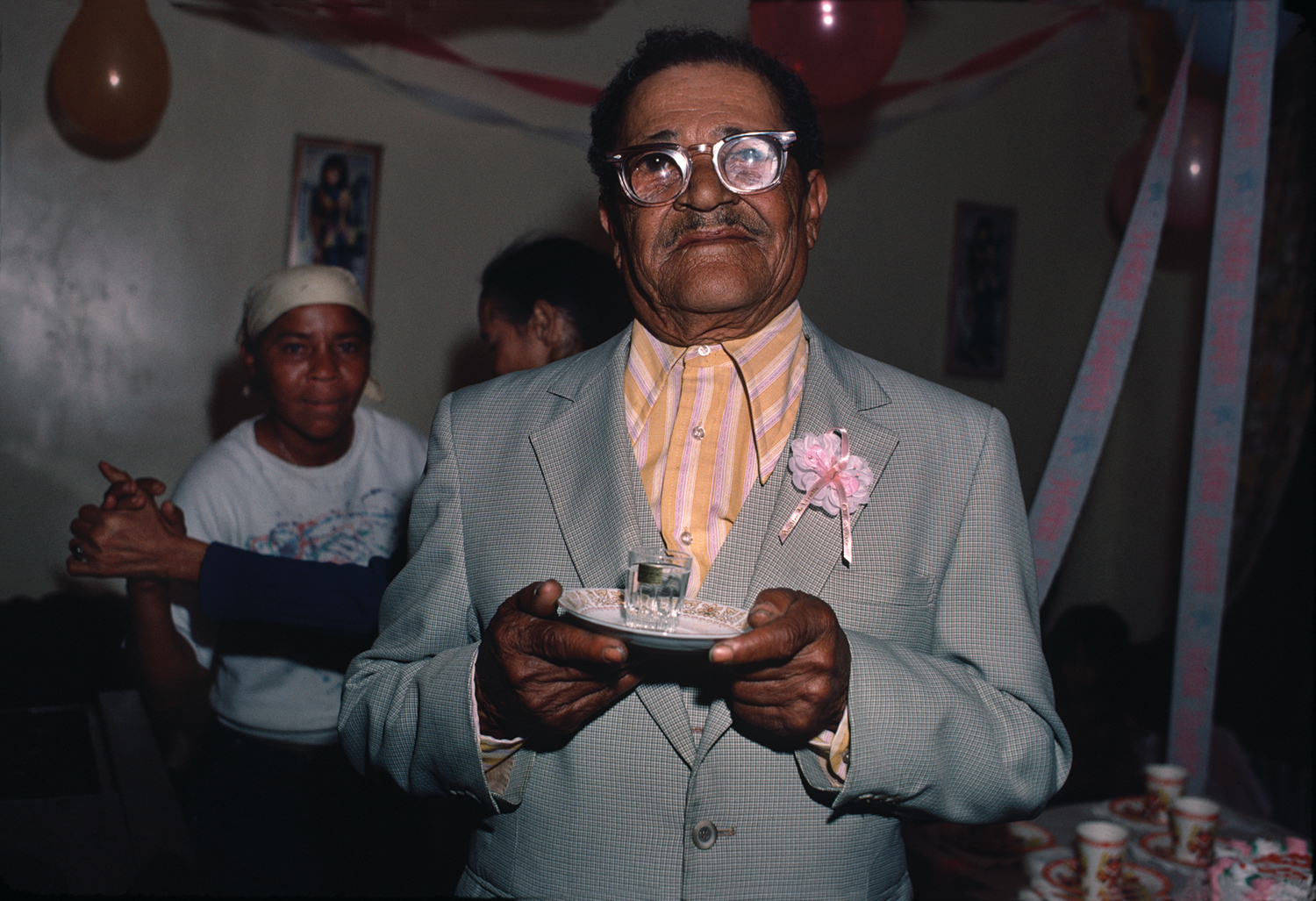

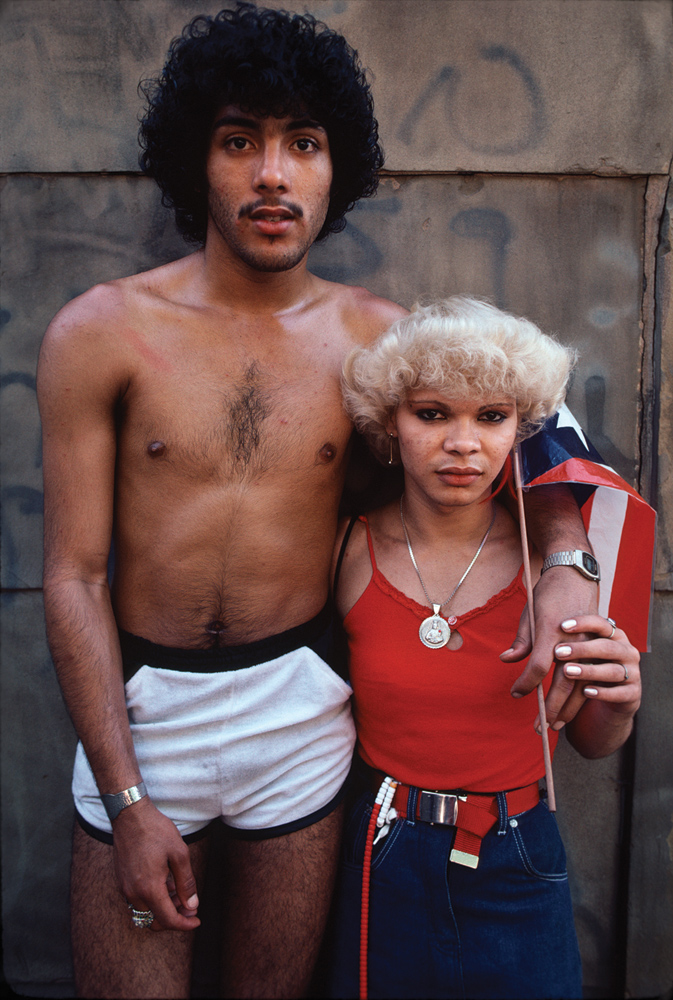
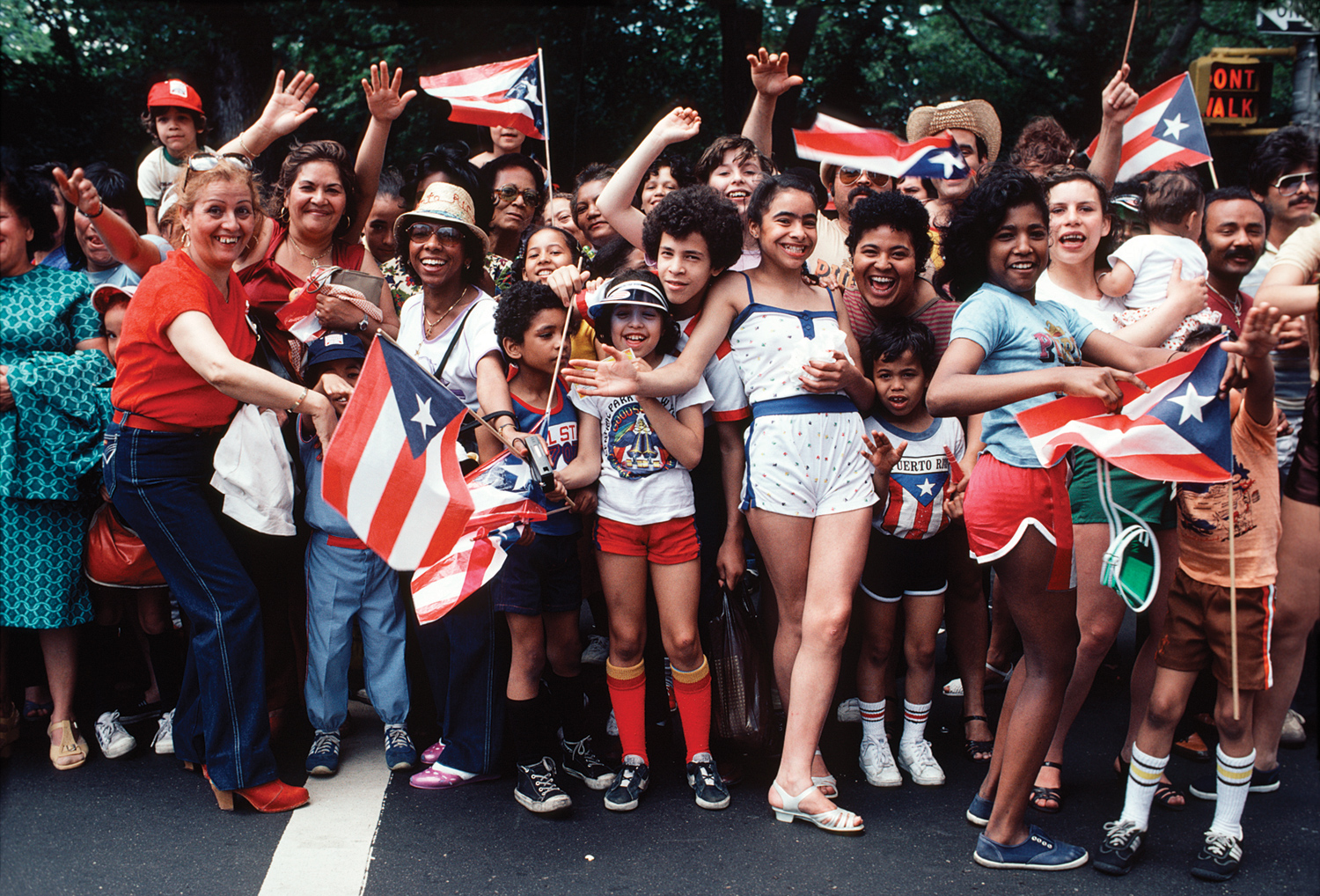
When placing Gottfried’s work in the history of street photography in New York, you would find her on the periphery when others photographed the extremes. Looking beyond the standard tropes, she focused on neighborhoods and communities and families that might otherwise have disappeared from view.
Her subjects are consistently depicted with a sense of intimacy and curiosity, strangers are indistinguishable from friends. In every frame, no matter how tough the subject matter, there is never a sense of detached irony or coolness. Whether it was her mother dying in bed, or a homeless person on the sidewalk, she approached them with the same careful empathy and directness.
Whenever Gottfried spoke about her photographs and books she was direct, unpretentious, yet maintained an innocent sense of curiosity. “I think somewhere I always thought of doing a book in my very naive approach to photography,” she told me in 2011. “I didn’t really study a lot of photographers and I didn’t know much of anything [about] getting a book out there—part of me is still very much that way. I’m good at taking the pictures and putting them in some order. For me it’s a way of concluding something.”
When Eccentricity Reigned: Portraits From a Vanishing New York
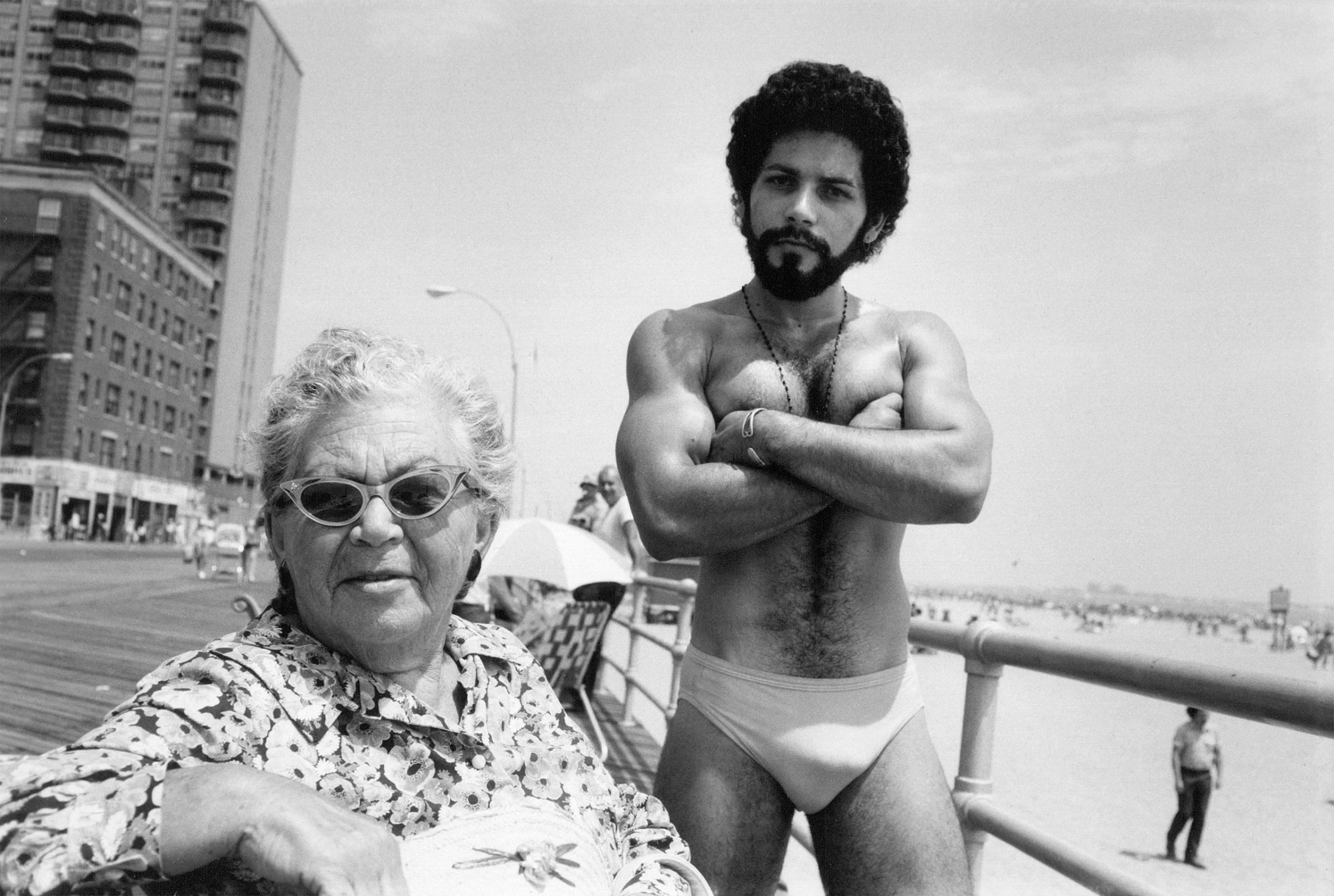

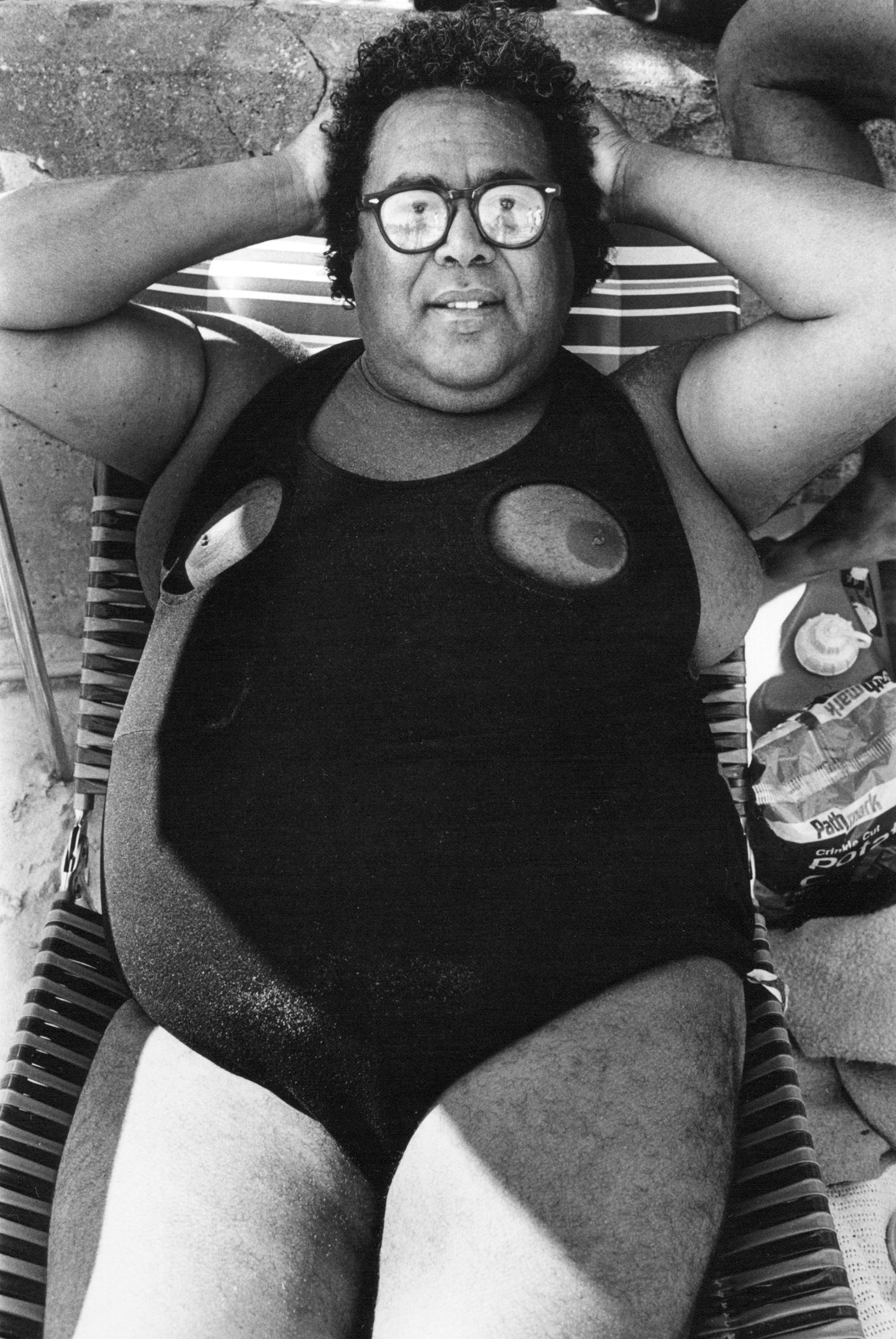

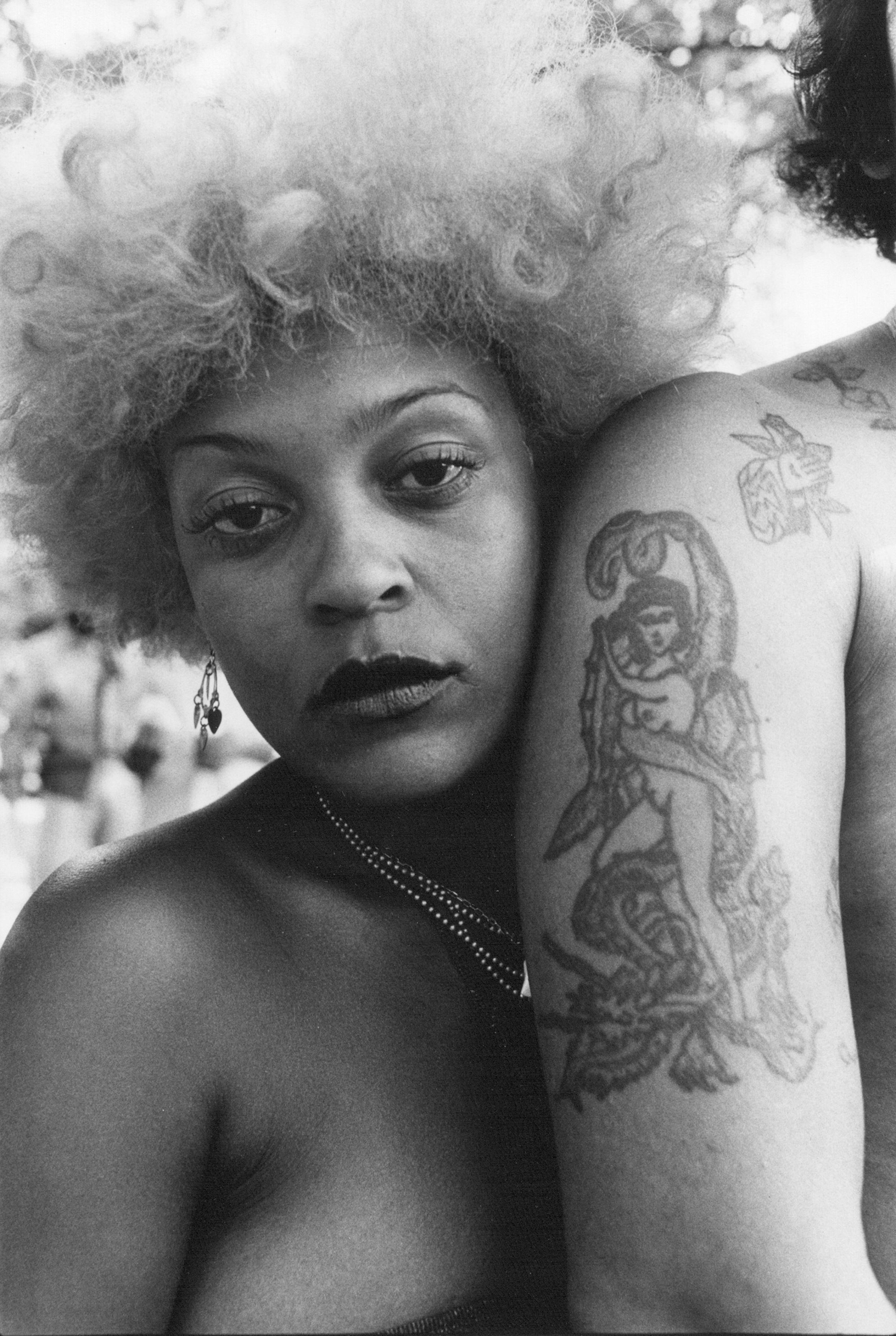

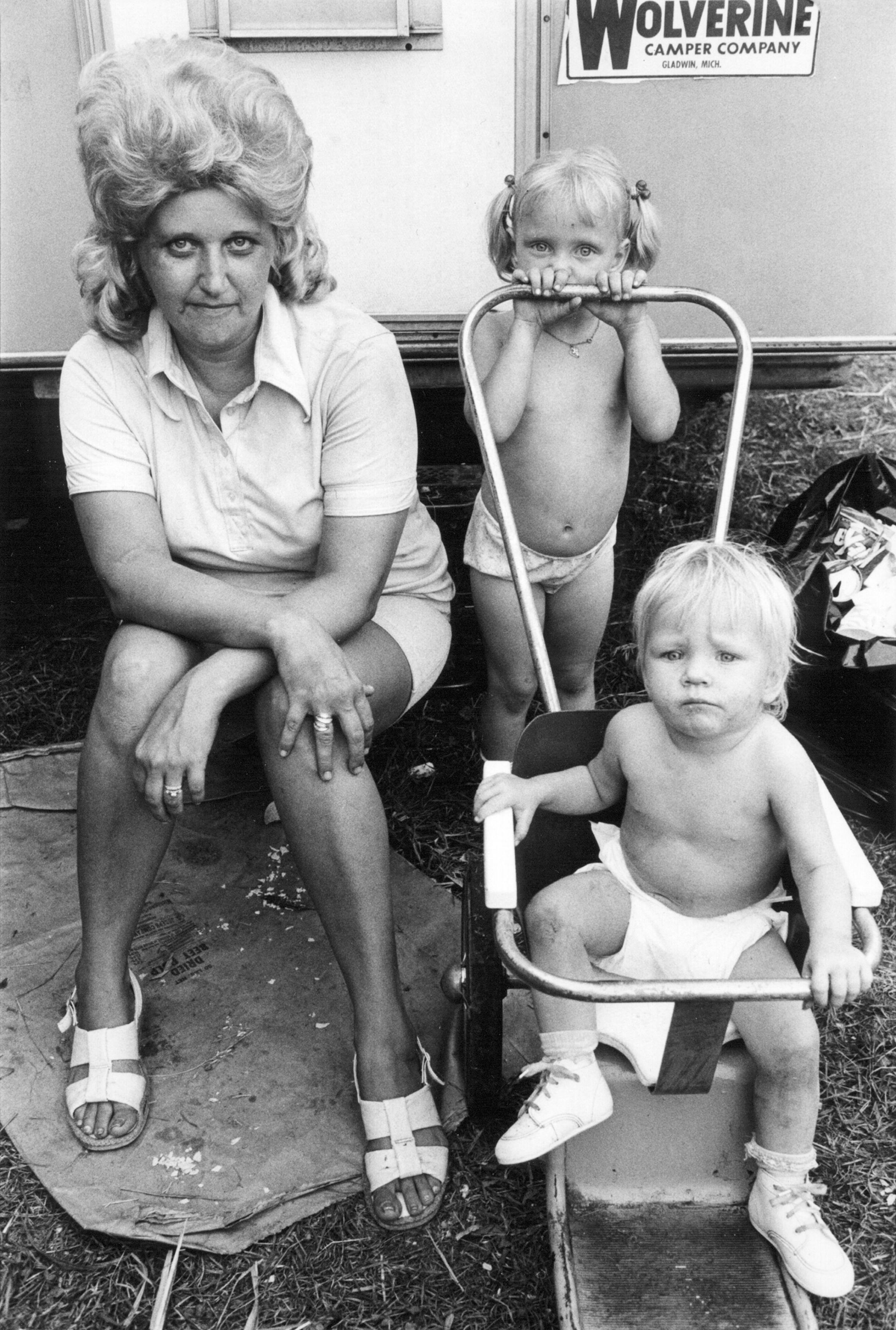
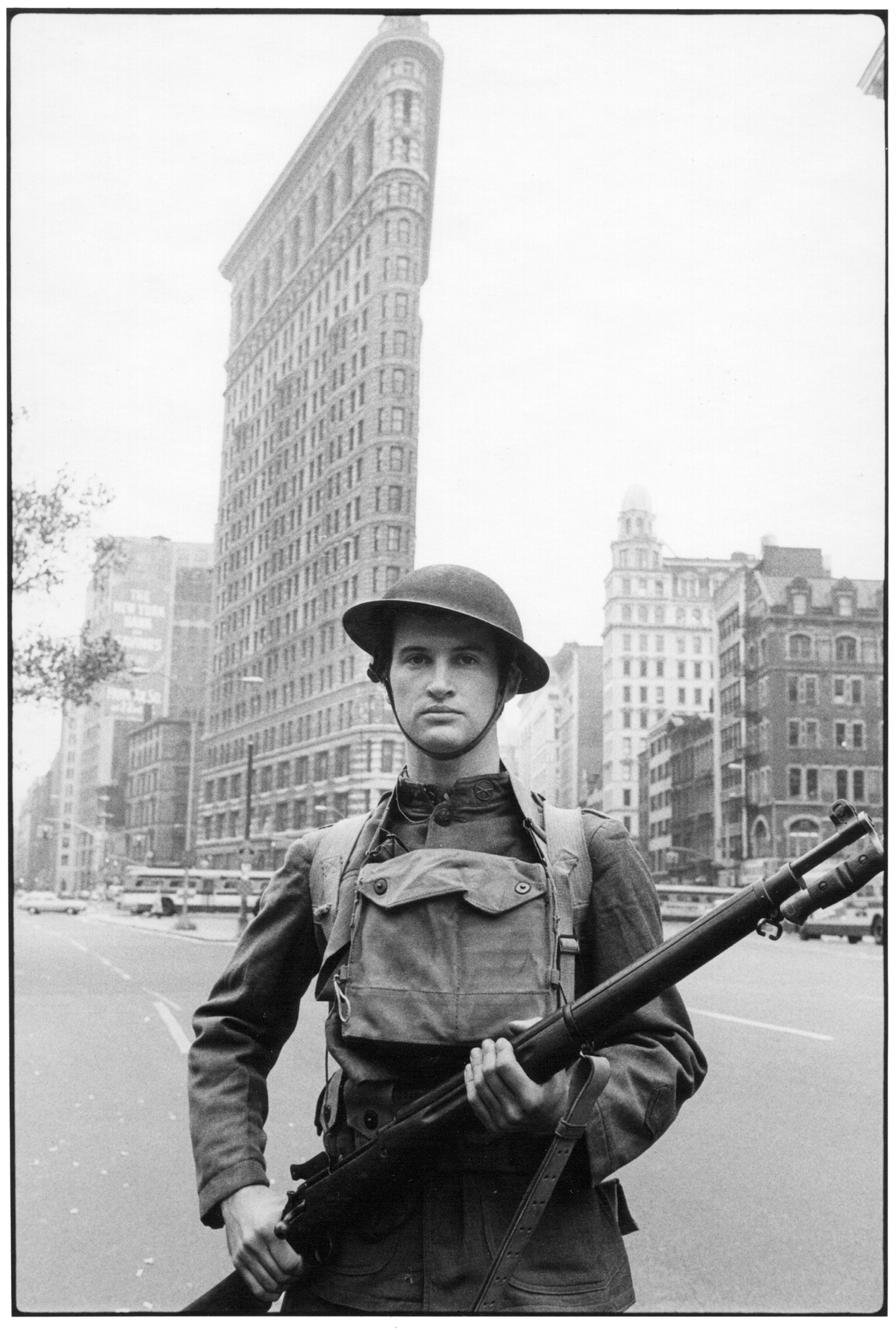

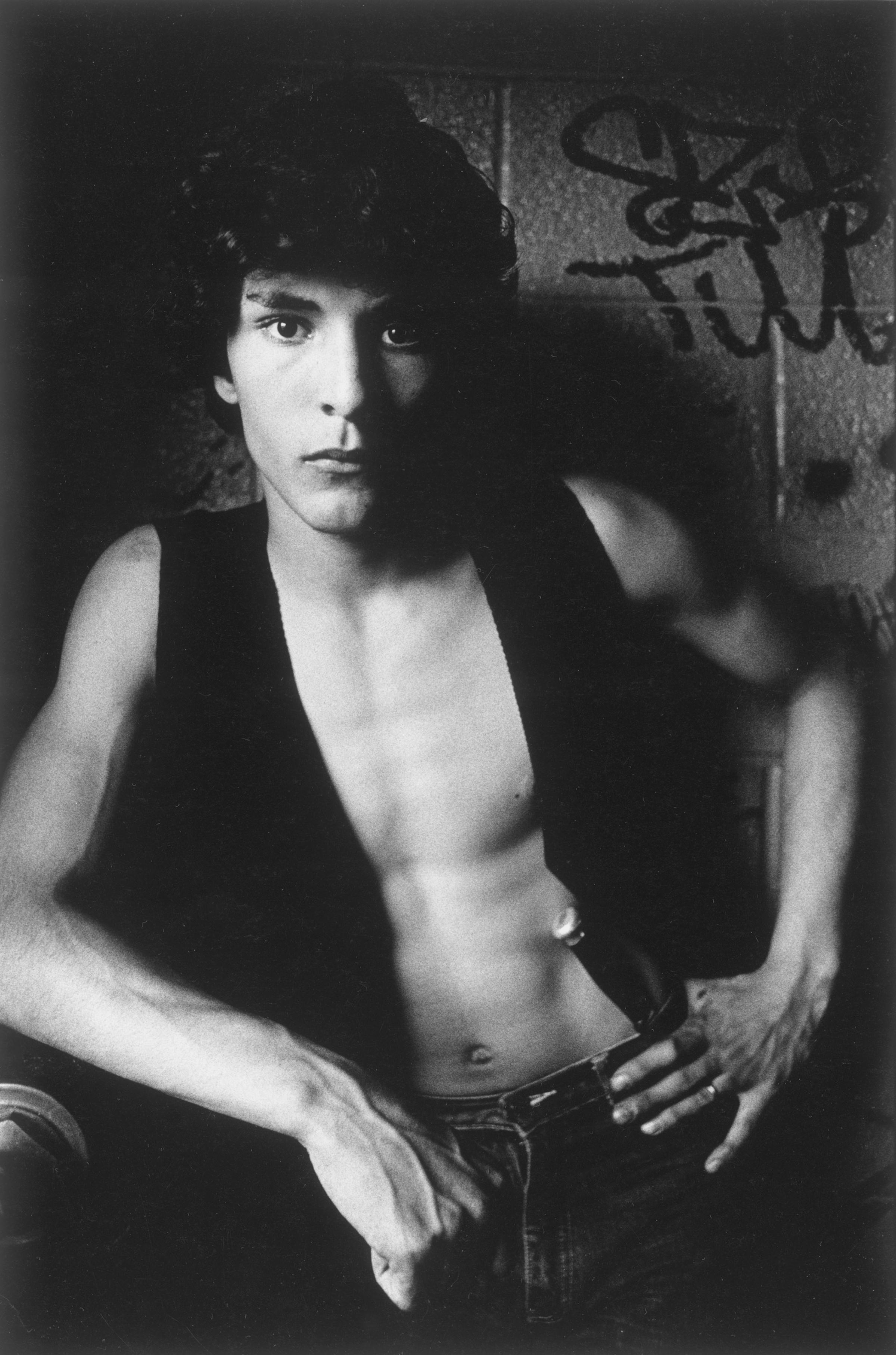
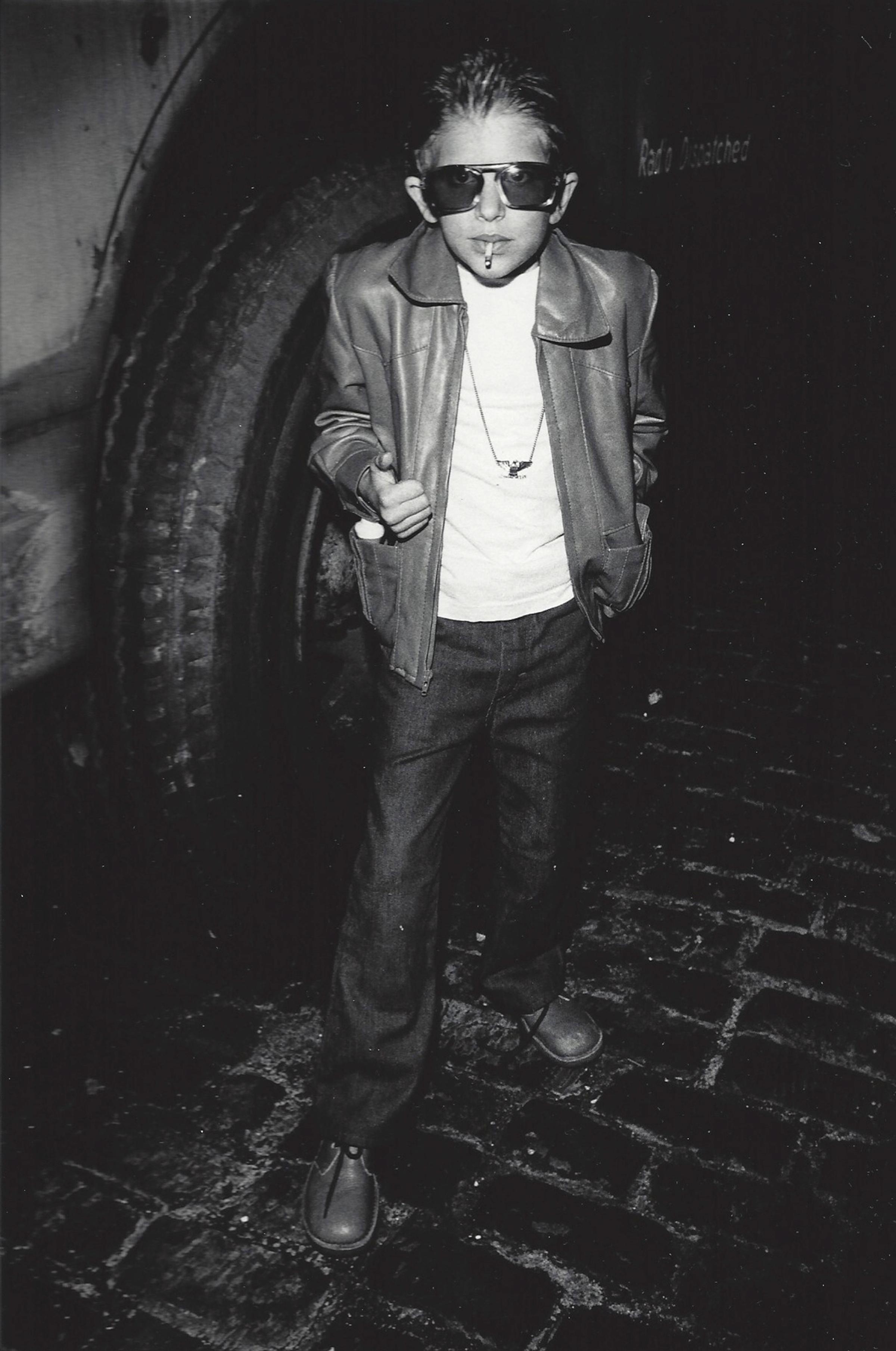



In a final interview with TIME about her last book Mommie (powerHouse 2016), Gottfried said, “the aging and getting ill and passing away, it’s part of life.”
Gottfried’s most personal book to date, Mommie is an epic compilation of the more than 40 years she spent documenting her mother, grandmother and sister’s lives in New York City. In a book about aging that ends with a birth, her photographs show how the cycle of life continues. She proudly described the work as “a portrait of three generations of powerful women.”
“Part of it was trying to stop time,” she said, “which of course I couldn’t do.” Mommie is an unflinching portrait of her family, finding exquisite beauty in the most ordinary moments, comfort through the most painful parts of the aging process and hope in the continuation of life. “I mean life wasn’t easy,” she said, “but they gave so much the best way they knew how.”
In some ways its easy to connect all of her photography. In a conversation about the book Bacalaitos and Fireworks, she said, “It was such a big part of my life and a lot years went into it. You are a witness to certain things that are happy, sad and changes in the environment and those are all my experiences. If I got some memorable photographs and moments, then I feel very fortunate and I think that’s probably why I do it, and why the wandering has a meaning.”
Arlene Gottfried is represented by Daniel Cooney Fine Art. Her photographs can be found in the collections of the Brooklyn Museum of Art, The New York Public Library, and the Maison Européenne de la Photographie in Paris. Gottfried authored Midnight, The Eternal Light, Sometimes Overwhelming, Bacalaitos and Fireworks and Mommie.
Paul Moakley is the Deputy Director of Photography and Visual Enterprise at TIME. Follow him on Twitter @paulmoakley.
More Must-Reads from TIME
- Caitlin Clark Is TIME's 2024 Athlete of the Year
- Where Trump 2.0 Will Differ From 1.0
- Is Intermittent Fasting Good or Bad for You?
- The 100 Must-Read Books of 2024
- Column: If Optimism Feels Ridiculous Now, Try Hope
- The Future of Climate Action Is Trade Policy
- FX’s Say Nothing Is the Must-Watch Political Thriller of 2024
- Merle Bombardieri Is Helping People Make the Baby Decision
Contact us at letters@time.com